13 Travel Adventures That Could Ruin Your Trip + 5 That Fell Flat

Ever dreamed of an epic adventure, only to find yourself knee-deep in regret—or worse, danger? Not every thrill is worth the trouble, and some of the most hyped-up experiences leave you wondering what all the fuss was about.
Whether it’s a trek that pushes you too far, a ride that’s more fear than fun, or an activity that disappoints, these adventures can do more harm than good. Some might derail your trip; others just don’t live up to the promise. This is my no-nonsense take on the ones that missed the mark—and the ones that nearly wrecked it all.
1. Mt. Everest Base Camp Trek

Trekkers flock to this legendary path seeking bragging rights, but many return with horror stories instead. Everest Base Camp’s extreme altitude can trigger severe headaches, nausea, and potentially fatal altitude sickness.
Unpredictable weather shifts can strand hikers for days, while overcrowded trails during peak season create bottlenecks at dangerous sections. The commercialization has also diminished the once-pristine experience.
2. Mount Kilimanjaro Climb
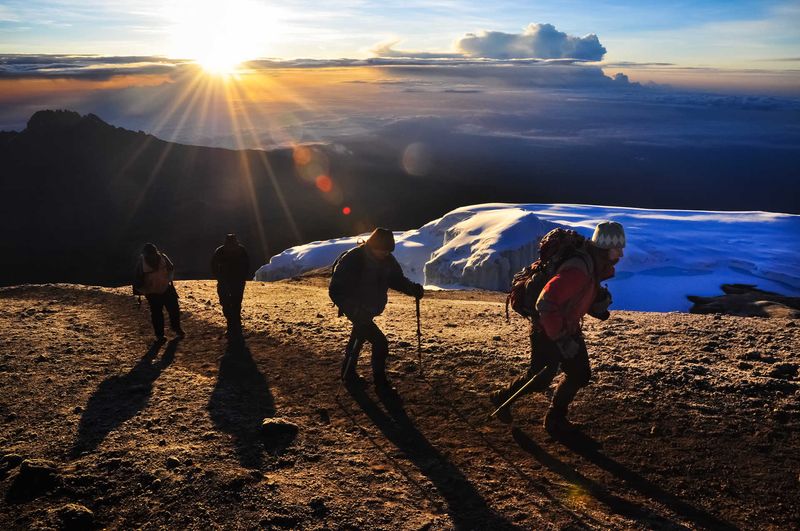
Ambitious beginners often underestimate this formidable challenge, lured by marketing that downplays the risks. Kilimanjaro’s rapid elevation gain forces your body to adapt quickly, causing severe altitude-related complications for many climbers.
Shady tour operators cut corners on safety equipment and emergency protocols. The extreme temperature swings—scorching days and freezing nights—catch many unprepared travelers off guard, turning their dream summit into a nightmare retreat.
3. The Death Road Bike Ride
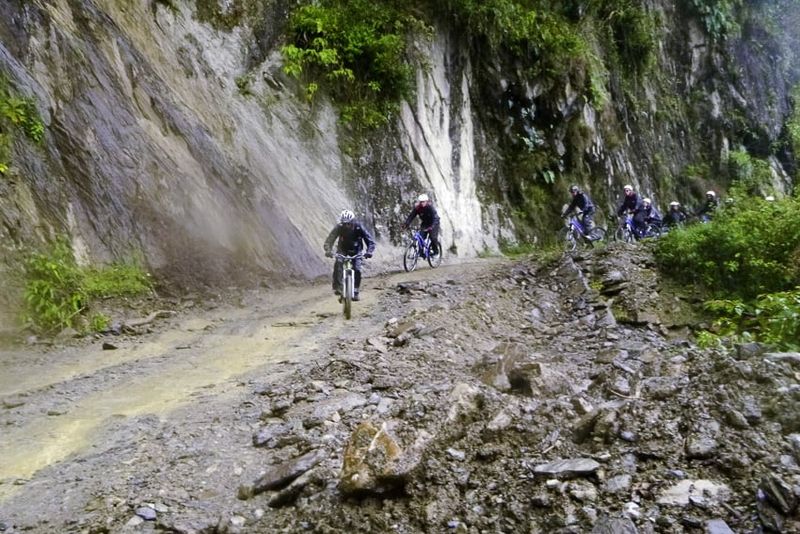
Adrenaline junkies seeking Instagram glory often overlook the real dangers of this notorious descent. The Death Road has claimed hundreds of lives with its hairpin turns and sheer cliff drops exceeding 2,000 feet.
Rental companies frequently provide substandard bikes with questionable brakes. Sudden fog can reduce visibility to near-zero within minutes, while landslides during rainy season transform sections of the route into treacherous mud slides that have swept entire vehicles off the edge.
4. Sahara Desert Camel Trek
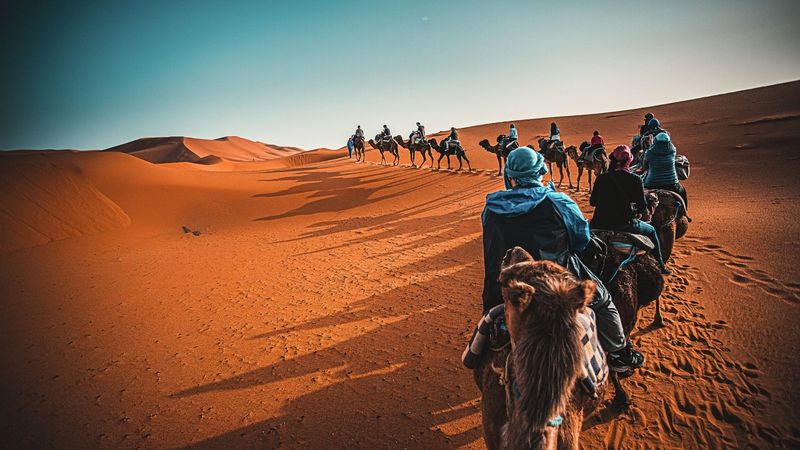
Romantic notions of starlit desert nights quickly evaporate under the relentless sun. Sahara treks involve hours bouncing atop irritable camels that bite and spit when provoked.
Temperatures swing wildly—scorching 120°F days plummet to near-freezing nights. Many budget tours cut corners on essentials like adequate water and sun protection. The primitive camping conditions, complete with scorpions and limited bathroom facilities, have left many travelers regretting their desert adventure.
5. Amazon Jungle Expedition

Venturing into remote rainforest requires serious preparation that many tour operators gloss over. Amazon expeditions face threats from venomous creatures, parasites, and mosquito-borne diseases that can follow you home.
Unregulated guides sometimes lack wilderness first-aid training or emergency communication devices. The oppressive humidity destroys electronics and medications. When medical emergencies occur, evacuation can take days—turning minor injuries into life-threatening situations in this beautiful but unforgiving wilderness.
6. Whitewater Rafting On The Zambezi River
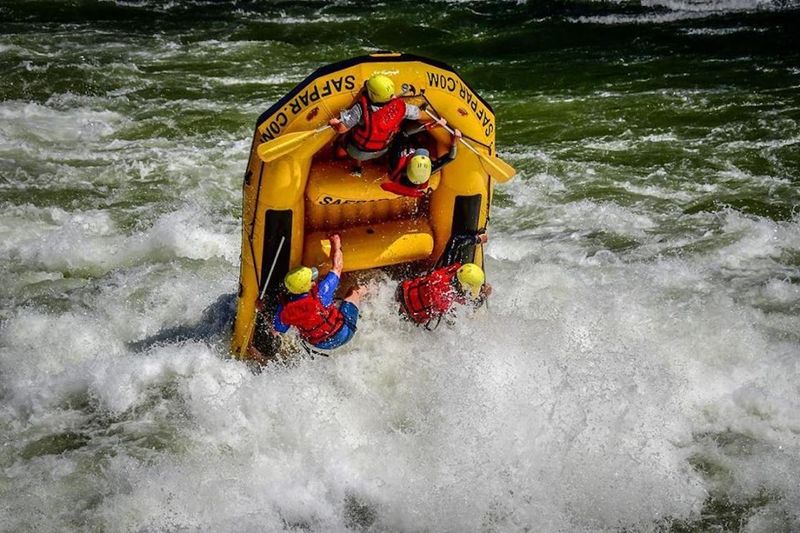
Class V rapids might sound exciting until you’re airborne after hitting a massive hydraulic. Zambezi rafting trips regularly flip boats in crocodile-infested waters below Victoria Falls.
Safety standards vary dramatically between operators, with some skimping on proper equipment and trained guides. The hike in and out of the gorge is brutally steep in sweltering heat. Emergency evacuation from the canyon bottom can be nearly impossible when serious injuries occur.
7. Backpacking In Patagonia
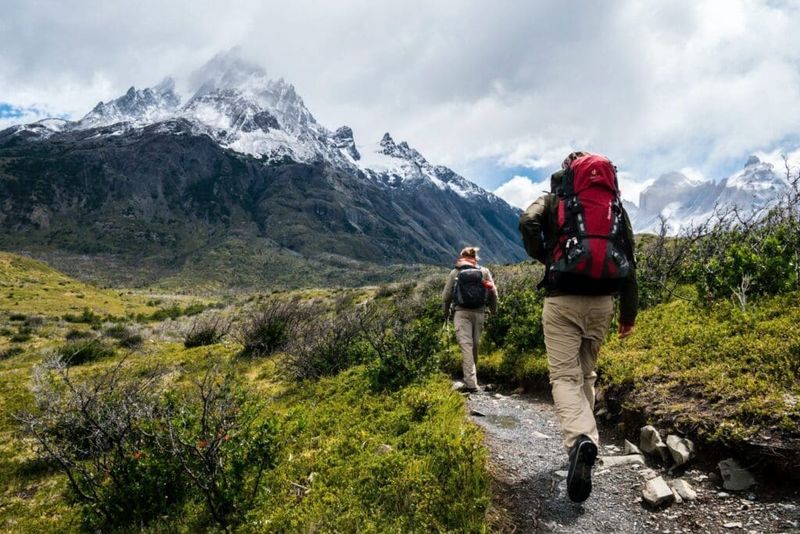
Pristine wilderness comes with a price tag of extreme unpredictability. Backpacking through this remote region means facing gale-force winds that can literally knock you off your feet without warning.
Patagonia’s weather can cycle through all four seasons in a single day. Trail markers disappear in frequent whiteout conditions, while river crossings become impassable after rain. Cell service is non-existent, meaning any emergency becomes exponentially more dangerous the further you venture from civilization.
8. Diving The Blue Hole
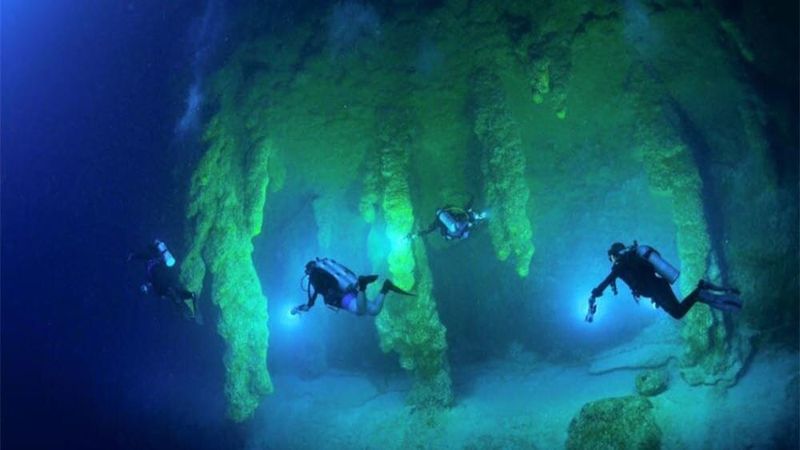
Recreational divers often get lured by the mystique of this massive underwater sinkhole without understanding its deadly reputation. The Blue Hole drops to depths beyond recreational limits, where nitrogen narcosis impairs judgment—causing fatal mistakes.
Currents can shift unexpectedly, dragging divers deeper than planned. The site’s remote location means emergency assistance is hours away. Dive operations sometimes push certification boundaries, taking inexperienced divers into conditions far beyond their training level.
9. Swimming With Sharks In South Africa
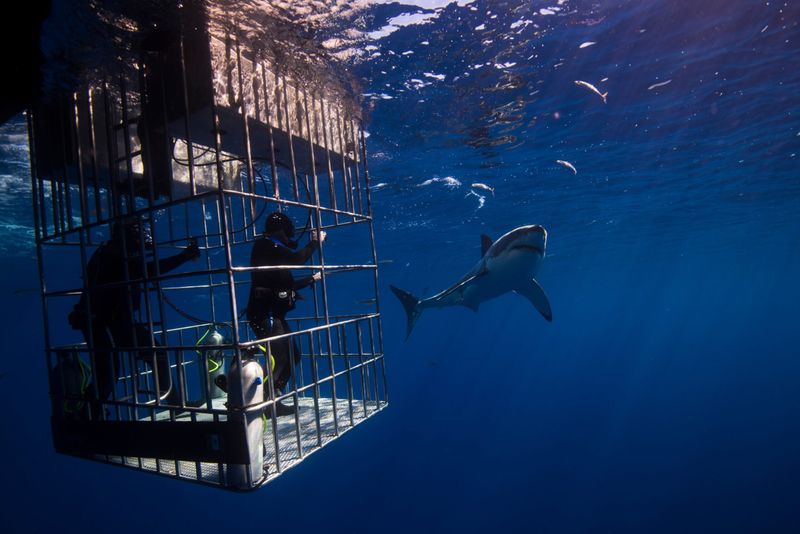
Metal cages separating you from apex predators aren’t always as secure as they appear in glossy brochures. Shark encounters involve being lowered into churning, baited waters where visibility is often limited to a few feet.
South Africa’s shark diving industry faces criticism for inconsistent safety protocols. Some operators overcrowd cages or use questionable equipment. The controversial practice of chumming waters has altered natural shark behavior in some regions, creating potentially dangerous situations even for beachgoers miles away.
10. Hiking The Kokoda Track
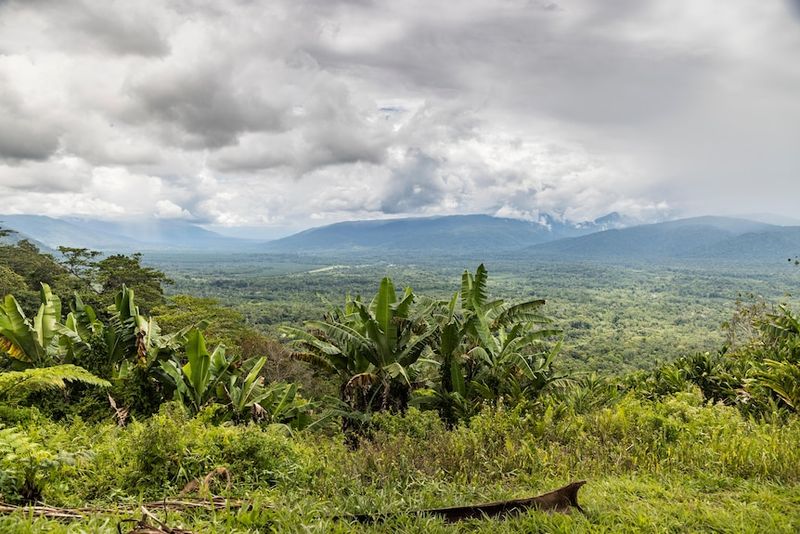
Brutal humidity hits like a wall as soon as you enter the dense jungle. Kokoda’s 60-mile trail traverses Papua New Guinea’s rugged spine, where ankle-deep mud becomes your constant companion.
Leeches drop from overhead vegetation while mosquitoes carry tropical diseases. The physically punishing terrain includes near-vertical ascents on slippery roots. Basic accommodations in remote villages offer minimal comfort after exhausting 10-hour hiking days, leaving many trekkers questioning their life choices.
11. Volcano Boarding In Nicaragua
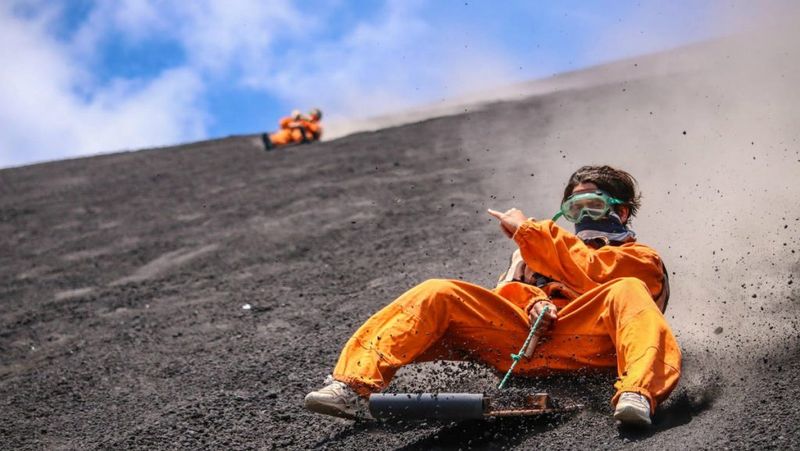
Hurtling down an active volcano on a flimsy wooden sled sounds thrilling until you’re actually doing it. Nicaragua’s volcanic boarding involves a grueling hour-long hike up loose, sharp volcanic scree in suffocating heat.
The descent takes just minutes but frequently results in painful injuries. Rocks tear through clothing and skin at 30+ mph. Protective jumpsuits offer minimal protection while trapping sweltering heat. The volcanic dust infiltrates everything—eyes, lungs, camera equipment—leaving lasting reminders of your questionable decision.
12. Multi-Day Dog Sledding In Arctic Norway

Romantic notions of gliding across pristine snow quickly fade when facing -40°F temperatures that freeze eyelashes and turn fingers numb within seconds. Arctic sledding demands constant physical work—helping dogs up hills and untangling lines in deep snow.
Norway’s wilderness accommodations often mean primitive cabins without running water or electricity. Bathroom breaks become outdoor expeditions in brutal conditions. The dogs require constant attention regardless of weather, turning what seemed like a magical winter wonderland into an exhausting test of cold-weather endurance.
13. Cliff Camping In The Colorado Rockies

Suspended hundreds of feet above jagged rocks, your survival depends entirely on properly secured equipment. Cliff camping in Colorado combines technical climbing skills with camping in a place where rolling over in your sleep could be fatal.
Sudden mountain storms create dangerous conditions with nowhere to seek shelter. The psychological toll of spending the night on a vertical wall triggers panic attacks in many participants. Temperature drops and wind chill factor make for a sleepless night of questioning your decision-making abilities.
14. The Hollywood Sign Hike
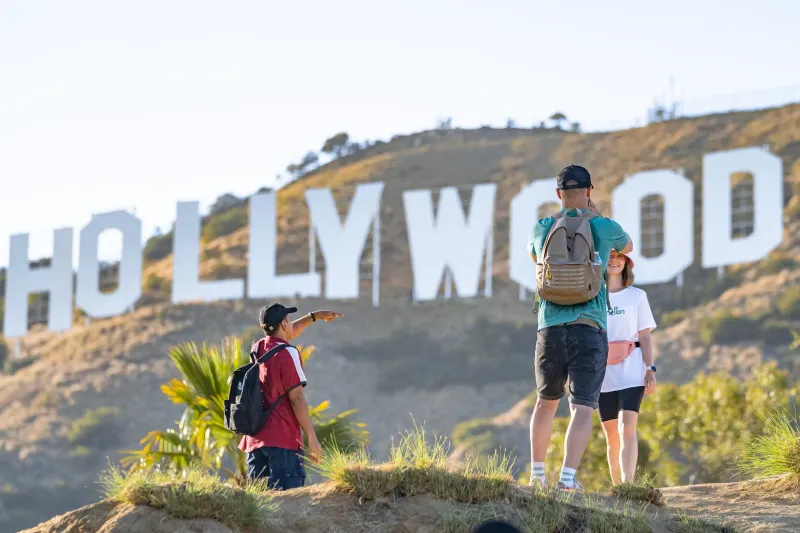
Expectations of glamorous views crash against the reality of crowded, dusty trails with minimal shade. Hollywood’s famous landmark hike promises Instagram-worthy photos but delivers sunburns and disappointment instead.
The best viewpoints are actually blocked by fences and security cameras. Parking has become a notorious nightmare, often adding miles to your journey. By the time most hikers reach the restricted area near the sign, they’re too exhausted and dehydrated to appreciate the smoggy city panorama below.
15. Snorkeling In Hanauma Bay

Paradise looks different when sharing it with hundreds of other flailing tourists. Hawaii’s popular snorkeling spot suffers from its own fame, with coral damaged by sunscreen chemicals and careless swimmers.
Hanauma Bay’s strict reservation system means planning weeks ahead for what’s often a mediocre experience. Marine life has diminished significantly over decades of overtourism. The mandatory conservation video and crowded shuttle buses create an assembly-line feeling that’s the opposite of the serene ocean experience most travelers seek.
16. Sandboarding In Huacachina

Zooming down massive dunes sounds exhilarating until you realize you’ll spend most of your time trudging uphill in scorching heat. Peru’s desert oasis attracts thrill-seekers who quickly discover sandboarding’s dirty secret—sand gets everywhere, permanently infiltrating cameras, phones and clothing.
The actual boarding lasts seconds while the uphill climbs take exhausting minutes. Most operations use basic wooden boards with minimal wax, resulting in slow, jerky descents. The experience has become increasingly commercialized, with crowded dune buggies and long waits diminishing the desert’s natural tranquility.
17. Hot Air Balloon Ride In Cappadocia
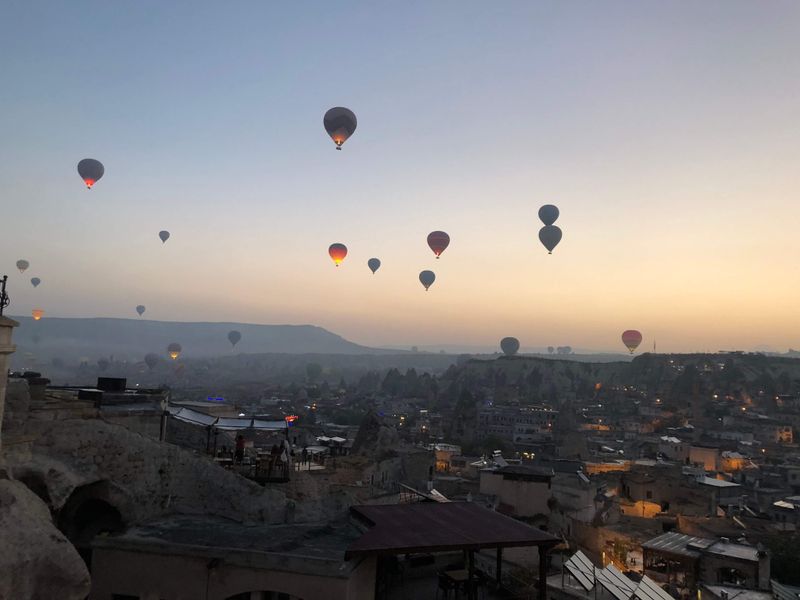
Sunrise flights frequently become sunrise disappointments when weather conditions cause last-minute cancellations after pre-dawn wake-up calls. Those lucky enough to fly in Turkey’s famous region often find themselves packed into baskets with 20+ strangers, limiting movement and photo opportunities.
Cappadocia’s ballooning popularity means hundreds of balloons compete for airspace. The Instagram reality of peaceful floating doesn’t match the noisy burners and crowded skies. Prices have skyrocketed with fame, making this one of travel’s most expensive activities for what amounts to a brief, overcrowded flight.
18. Exploring The Great Ocean Road
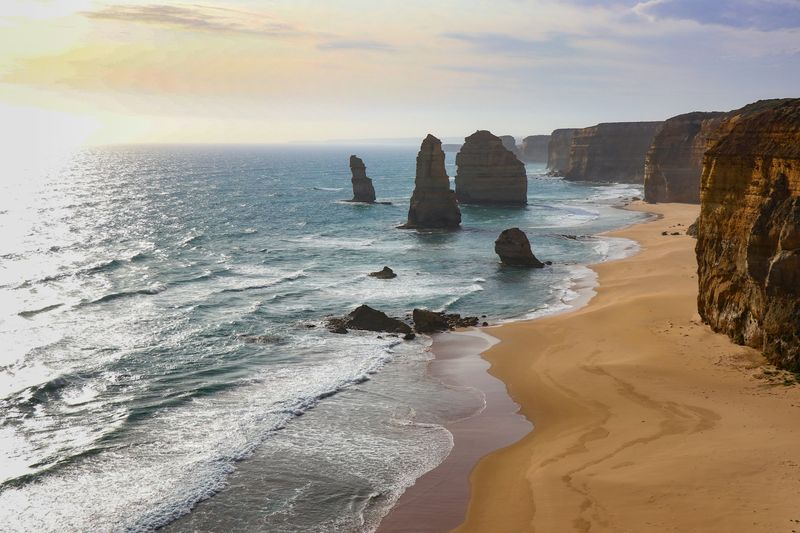
Tourist buses clog viewpoints along this famous Australian coastal route, transforming natural wonders into crowded selfie stations. The iconic rock formations appear much smaller in reality than in cleverly angled professional photographs.
Great Ocean Road’s considerable length means spending most of your day driving rather than experiencing. Weather frequently obscures the main attractions with fog or rain. Overpriced accommodations and tourist-trap restaurants along the route extract maximum dollars for minimal authenticity, leaving many road-trippers wondering what all the fuss was about.
